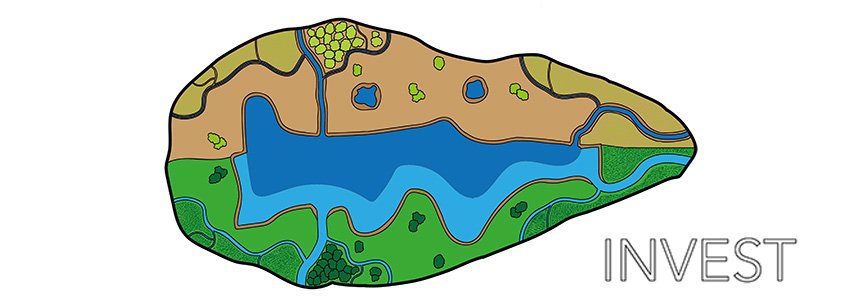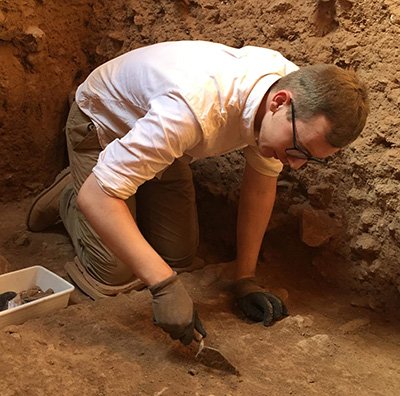
INVEST
INtra-annual Variability in Early Stone Technology
Seasonal changes to the availability and quality of different food resources are an inevitable part of life in tropical and subtropical environments. Indeed, both chimpanzees and modern human hunter-gatherer populations adapt to these shifts by changing their harvesting or processing strategies, or by consuming different resources altogether. As the Early Pleistocene (2.58-0.78 Ma) is likely to have been characterised by yearly change in temperature and rainfall of at-least a similar magnitude to today, we can be confident that the early members of our genus also had to contend with intra-annual dietary fluctuations. In this context, investment in stone tools for resource processing is likely to have been intrinsically tied to these seasonal changes. The INVEST project aims to provide a framework from which we can identify seasonality in the Early Pleistocene archaeological record, and use this to examine the seasonal pressures which constrained or facilitated investment in lithic technologies. In particular, INVEST aims to evaluate the importance of flakes released in early “Large Cutting Tool” manufacture, and how this may fit into a seasonal framework.


PI: James Clark
- 2020-2023
- 2018-2023
- 2020-2023
- 2020-2023
- 2021-2023
- 2020-2023






